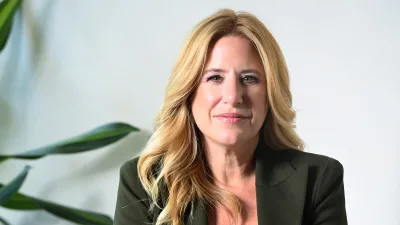Financial literacy: the have and have nots
Financial know how
From the age of 25, Jane manages to save $125 a week, so by the time she is 32 she has a $50,000 deposit saved for a property worth $250,000.
If she repays the loan over 25 years with monthly repayments of around $1,400, the estimate is that Jane could have her mortgage paid off by the time she is 57. At this point, Jane decides to put an extra $200 a week towards her superannuation.
Jane wants to be financially secure when she retires, so she chooses to save an extra $10 a week as a voluntary superannuation contribution. As she qualifies for the Government co-contribution, she gets an extra $15 a week until she is 43, and a part co-contribution until she is 53.
Importantly, she also makes sure she pays the full amount owed on her credit card each month and does not have a personal loan. This means Jane may have less of a disposable income in the short term by putting money away and paying off her credit card debts. However, it also means she doesn’t get bogged down with large interest payments and will actually have more spending money later on.
When Jane is 65 she is projected to have a real-wealth balance of over $840,000, which includes the value of her property. This is because her wealth has accumulated over time, her property has increased in value, and she has earned interest on a growing amount of savings.
Financial lowbrow
Frank lives by the ‘buy now and pay later’ approach. He is happy to buy the things he wants on credit. He doesn’t make more than the regular monthly re-payments on his credit card to cover his expenditure and interest. By the time he is 35 Frank has a credit card debt of around $20,000.
Frank doesn’t buy a property and continues to rent, he chooses to fund his lifestyle by taking out personal loans. By age 46, more and more of Frank’s income is going towards paying the interest on his credit card and loan interest payments. The amount of money he has to spend is decreasing. Jane, meanwhile, already has a greater disposable income than Frank.
By the time he is 65, Frank has a credit card debt of $8,000 and personal loan debts of $255,000 (in real terms). His superannuation payout will go towards paying off his debts, which means Frank’s projected wealth may only be around $52,000, more than $790,000 less than Jane.
Source: Case studies supplied by the Financial Literacy Foundation, based on modelling by the Federal Treasury’s Retirement and Income Modelling Unit.
Recommended for you
Equity offerings should be “seriously considered” by advice firms if they want to attract experienced advisers with the option viewed as a major differentiator for candidates seeking their next role.
DASH Technology Group has enacted two internal promotions, appointing a chief risk officer and chief commercial officer to strengthen the firm’s governance and operational capabilities.
The Stockbrokers and Investment Advisers Association has announced the appointment of its new chief executive following the exit of Judith Fox after six years.
Insignia Financial has appointed an experienced financial advice leader as head of education and advice on its Master Trust business, who joins from Ignition Advice,










